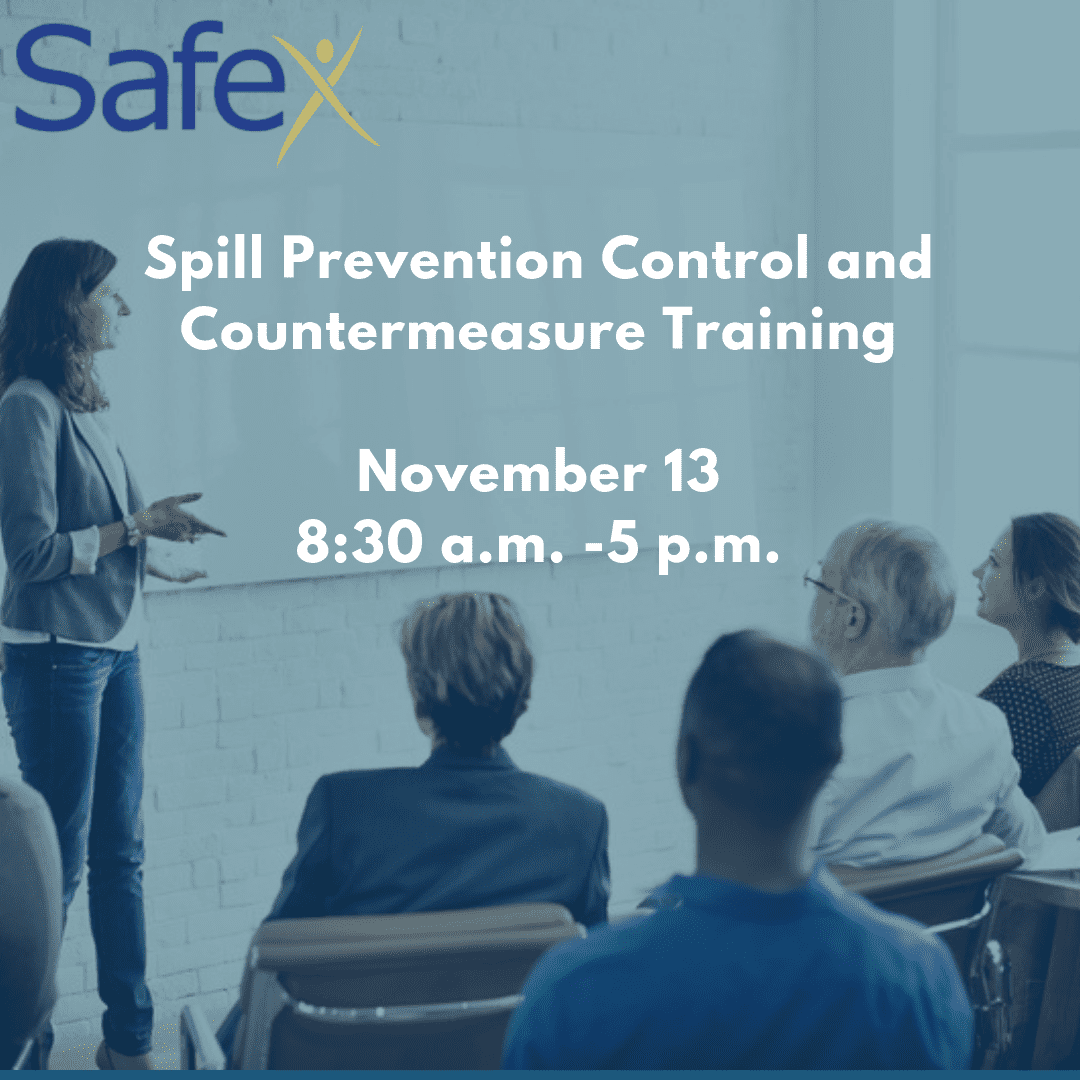Understanding Spill Prevention, Control and Countermeasure Plans and Regulations
If you’re a business with oil onsite. Listen up!
Being educated about Spill Prevention, Control and Countermeasure (SPCC) Plans may help you avoid EPA penalties.

Do I need to comply with SPCC regulations?
This regulation applies to non-transportation related facilities with two qualifiers. First, you must have more than 1,320 gallons of aboveground oil or buried storage greater than 42,000 gallons onsite. And your facility must be reasonably likely to discharge this oil in harmful quantities into navigable waters.
What does the regulation mean to me?
If the rule applies to your facility, you’ll need a SPCC plan. This plan, according to the EPA, “describes oil handling operations, spill prevention practices, discharge or drainage controls, and the personnel, equipment and resources at the facility that are used to prevent oil spills from reaching navigable waters or adjoining shorelines.”
It’s important to remember that “oil” takes many forms. We’re not just talking petroleum. It also include animal greases, vegetable oils, synthetic, mineral oils and more in your inventory.
What are the types of SPCC plans?
There are three different types of SPCC plans. Tier I and Tier II plans differ based on the amount of aboveground oil containers exist and can be written and self-certified by the company. There are also Professional Engineer (PE)-certified plans. Take our quiz to determine which type of plan you need.
Self-certified SPCC plans are the easiest and most cost effective because you don’t need to pay a PE to make changes every time your oil storage changes or your volume increases.
Do you need help?
If you’re a Tier I facility who wants to write a SPCC plan for the first time or transition from a PE to a Tier I plan, check out our SPCC workshop. At it, we’ll walk you through the steps to successfully complete yours.
And fear not, we can also help with Tier II or PE-certified plans. Contact us.

